Adapting Your Independent Brand
Taking assertive and measurable action on a refreshed brand identity and assessing every touchpoint at which your customer experiences your garden center services will send a clear message that you are stepping squarely in the center of differentiation.
Brand equity. It’s elusive. It’s always a veritable distraction from the day-to-day efforts of your operation. It’s the huge pink agave in the room with its beauty and rather pointed nature. And unless you have unlimited time and resources you’re probably like every other garden center out there, overwhelmed.
In this critical time of innovation and changing digital marketing monkeys riding backside of your busy to-do list, it may seem like it creates all kinds of distraction and mayhem. But however menacing, your brand literally your customer experience at every touchpoint must adapt now. With much evidence of increased business success, brand differentiation is what gets your garden center’s products and services to stand out in a saturated marketplace.
Plants Adapt So Must Your Brand
Taking assertive and measurable action on a refreshed brand identity and assessing every touchpoint at which your customer experiences your garden center services will send a clear message that you are stepping squarely in the center of differentiation. It will also and most importantly position your organization for future, on-going success. Done strategically, your customer base will take notice. They will respond.
Brand is, after all, about your customers. This adaptation of your brand might include consideration of a brand refresh, evolution or overhaul. With new integrated strategies like personalized URLs (PURLs), social networks like Twitter and Facebook, using location geo-tagging (just to make sure your customers can “check-in” to show how connected they really are), capturing customer preferences/affinities and transaction segmentation might force you to ask, “Why should my garden center’s brand adapt? Why should this brand be ‘social’ let alone innovative?”
To merely ask these questions is innovative, perceptive and a push forward. That is the core of the independent spirit that defined your garden center or nursery from it’s early, formidable years regardless of a long, storied heritage or fresh visionary one. Your history is an integral part of your customer perception. You may not see it since you’re immersed in it every day, but your customers find credibility there and leveraging any organization’s historical significance is critical. This is particularly important if, like many independent garden centers, that heritage might include someone’s family member digging up some holes in his or her backyard, planting some trees and calling it a nursery. If you’ve not carefully considered the relevance of your brand identity in the last few years, now is the time.
But who has time for adapting, particularly when it’s time for a gazillion cubic feet of mulch to be sold? Or while marching directly into promoting spring baskets? Or with the all-out war for selling the beauty of summer color supremacy? Throw in there any landscaping, design-build or lawn care efforts (or other core profit-generating benders) and, voilà! You have your formidable list of excuses to stay the same, well-peddled course. And when it’s all said and done, you finally can take a short breath in August and hopefully look back at the very reason you do what you do: fostering your passion for diverse, amazingly gorgeous varieties of plant species that only YOUR garden center can offer you are independent, after all.
But this is not the time to rest, rather the time to remain ahead of the big boxes and their relentless, but stodgy, strides towards innovation.
Independent Trumps Big Box Every Time
Your branding efforts must be relentless in continuing to position well your relevance within the independent garden center segment that only you can capture. The big boxes want what you’ve got. Remain differentiated and they’ll never get it. You have that local charm that is truly a unique experience. You know what plants will grow in your hardiness planting zone. Your horticultural staff have passion and they know their stuff. Your atmosphere and in-store experience is as unique as your customer. The big boxes can’t compete with that. If you’re running around comparing yourself to the big boxes, do yourself a favor and stop. Although it’s always good to keep an eye on your competition, you already have the upper hand.
Getting Your Hands Dirty with Branding
Although most consider a brand as just a logo, it’s much more. A solid brand is much in terms of a quality culture and customer experience. You must consider every touch point (even how the phone is answered), everything that creates the energy around the overall experience your customer will feel. During this dance with your customers, you must realize they’re looking for meaningful interactions. They’re looking for an individualized experience. You’re independent…you get it. Your customers get it, too. But does your brand as it exists say you’re independent, though?
How DO you do it? Well, it’s quite simple: like all other things in your world of spinning plates, you just make it happen. But how can you effectively position your unique selling proposition with independent voice and still send clear signals of your creative, often quirky skills? And with a message that pushes the right button of your ideal customer at key touchpoints that are fresh and you?
Here are your first steps to brand adaptation:
Breath. Admitting it’s time to update your brand is the first step. Gain consensus with key leadership.
Revolutionize. While respecting the heritage, history and credibility of your business, bring your brand into the current century while ensuring it has long-term relevancy. Although color palettes and support visuals like the images you use each season may shift with trends and tastes, a well designed, solid brand identity can last 10-20 years.
Identify. Create your brand so visual elements can be easily managed with strategy. This will make certain that your brand rests on the very cornerstone of brand equity: consistent, coherent brand management. If designed in a strategic manner, your brand should require little if no effort to reproduce your own, consistent experience every time. This means branding and identity standards, usually in the form of an electronic manual, can be used as a field guide for your brand experience.
Observe. Keep your finger on the pulse of what others are doing, but refrain from being reactive. Look at what other independent garden centers are doing well. Capitalize on these successes. Also, take note of how and where they fail.
Audit. Take a close look at all your current brand touchpoints and audit them. Be constructively critical. Your audit should start with an assessment of all your materials. If laid out on a table, they should look and feel like they are inspired by a coherent concept that ties flawlessly with your core brand message. Where disparity exists, align it. Adapt or die.
Becoming and remaining memorable is harder and harder as the competition for the attention of your customer becomes more fierce. A brand can stand out in a crowded marketplace, though. A laser-focused strategy that adapts to what your customers want to experience is critical within this new economy. Having a manageable and memorable brand will ensure success and build equity in your garden center.





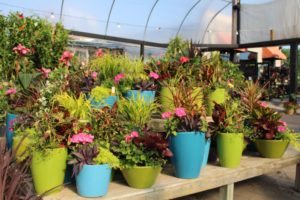

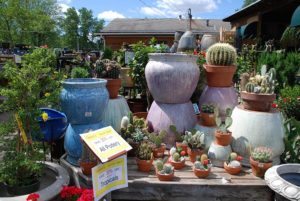
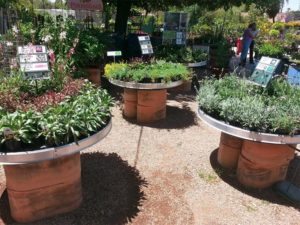



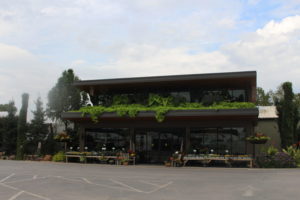
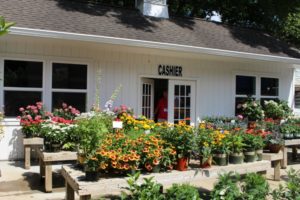

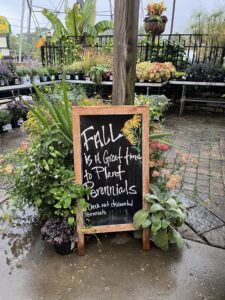

 Videos
Videos





